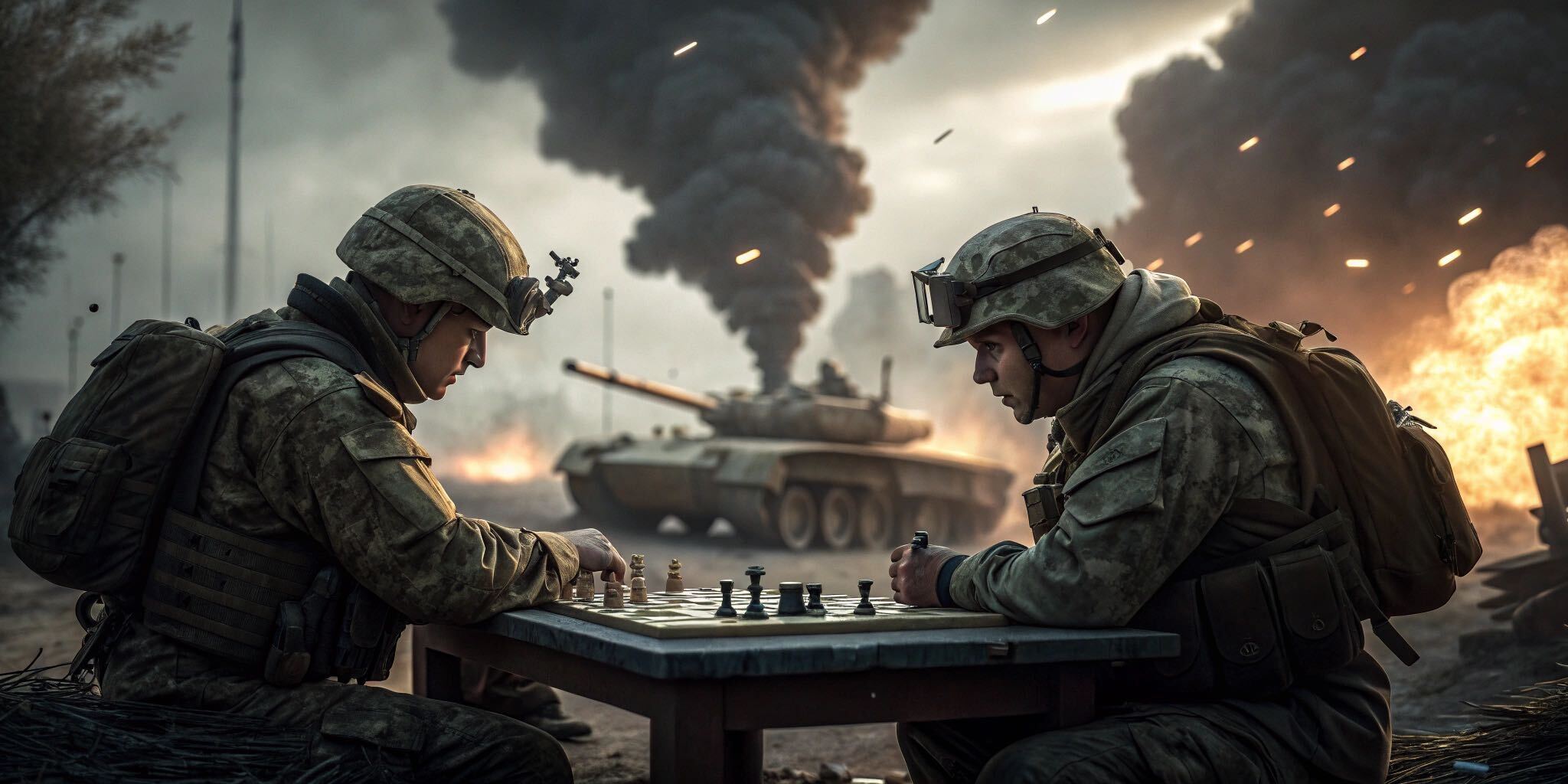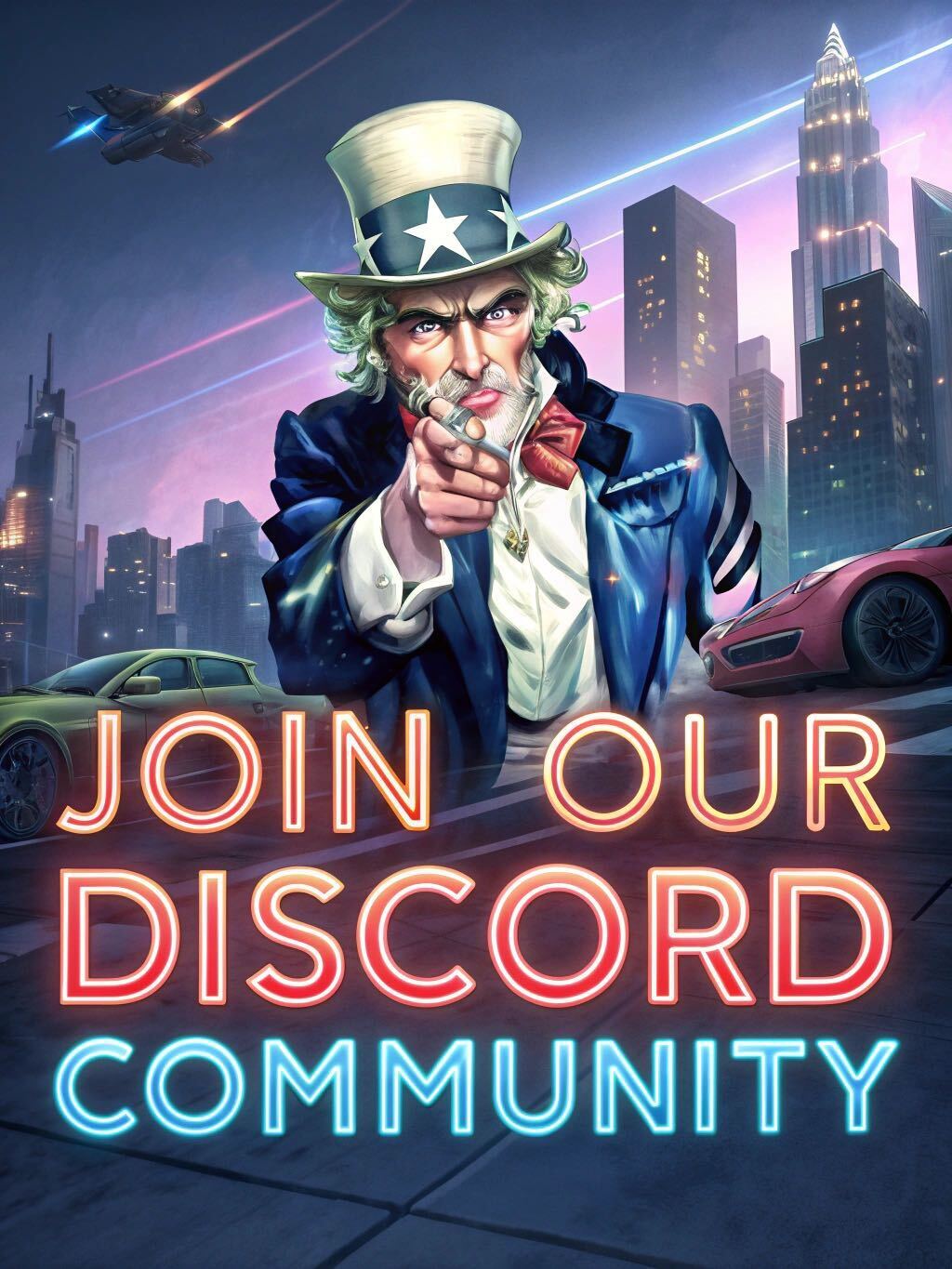It was in 2012 that the obsession began. Starting out as a nagging question that has been repeatedly asked both before and since.
The preceding questions this pondering posed would eventually take over my life.
If chess was designed today, how would the game differ?
Would we continue riding horses into battle and do royalty still fight their wars on a square grid with two biomes?
Between running a training and consultancy business in Asia to building blockchain products in Europe, it took a decade to clumsily collect enough ideas for three games filling a 200 page rulebook. It took a further two years of play-testing to trim things down to a single game with 30 pages of rules. However, over the past year we’ve since formed a team and managed to explain things in just 4 pages. We’ve also come to understand that chess belongs to a family of deterministic strategy games that are easy to explain.
When discussing the history of these deterministic wartime strategy games – it’s the classic Checkers that kicked things off five thousand years ago. It set the standard in terms of simplicity for both its components and rules, providing a low barrier to entry. Requiring just a board and set of checkers, which could ultimately be represented by anything; its fast pace and exceptionally simple rules keep it rooted amongst the most popular board games even today.
Taking things to a whole new level around four thousand years ago, the game of Go changed everything with its breathtakingly epic scope that is somewhat reminiscent of today’s epic wargames such as Twilight Imperium. The game of Go is more grounded in its militaristic themes than Checkers, but remains accessible to all with its simple components and concise rules. Despite it taking a lifetime to master, Go can be taught in less than five minutes.
It wasn’t until around one thousand five hundred years ago when Chess hit the scene did the world of board games get properly introduced to the concept of tabletop miniatures. Unlike checkers and go, which used generic pieces – each piece in Chess represents a different character with a unique set of moves, which also needs to be represented by unique and often elaborate components. More importantly, Chess modernized the wargame setting with the introduction of knights, castles, and in the case of Xiangqi; even cannons! Chess was originally reserved for the wealthy and social elite, in much the same way modern board games have become today. This re-emerging trend has made many tabletop games and kick-starters inaccessible to most people due to their prohibitive costs.
Board games have become increasingly complicated and have started to require an obscenely expensive collection of unique components. As such, we not only believe there is a dire need for a new modernized member to be added to the family of simplified deterministic wartime strategy games, but also feel we need to rethink the way we design and distribute tabletop games as a whole. It is this very philosophy that led to the formation of Moddable.Games.
One of the biggest problems all three of these classical games have in common is that they were strictly designed for two players only. There are of course variations and modifications to extend to extra players, but none of them were designed with more players in mind.
Perhaps much more important than that is resolving how predictable chess has become. The best players in the world all complain about the same thing. Chess has become a game of memorization rather than a game of strategy, with many believing the reason for this is because the board is exactly the same every time. Not only does it only contain two biomes; the black squares and the white squares, but those biomes are always in the same place! It’s really no surprise that computers can now outperform even the best of human players from a mobile phone, when you consider just how few possibilities there are for potential outcomes.
When thinking about how best to modernize wartime strategy games, the most important, and perhaps even only real thing that needs to drastically change is the board. Boards should have an infinite number of possible setups, which in-turn also enables an infinite number of players. To do this we simply change the squares to hexagons and introduce more realistic biomes.
We look forward to sharing our journey with you in real-time as we prepare for our public launch.


